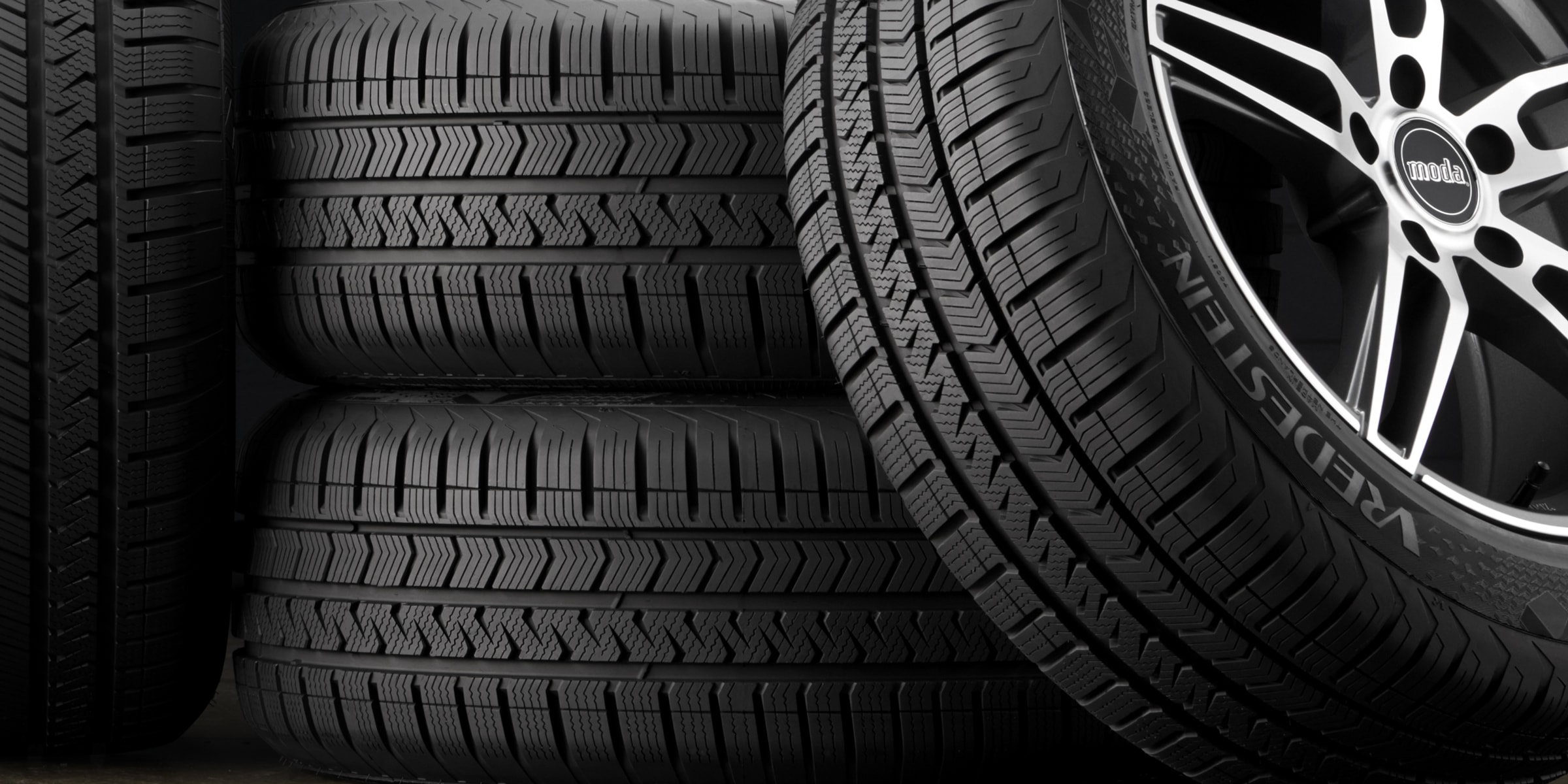Choosing new tires for your vehicle can be an overwhelming experience, especially if you are not familiar with the different types of tires and their features. Tires are one of the most critical components of a vehicle and they play a crucial role in ensuring your safety while driving. Therefore, it is essential to choose […]
Choosing new tires for your vehicle can be an overwhelming experience, especially if you are not familiar with the different types of tires and their features. Tires are one of the most critical components of a vehicle and they play a crucial role in ensuring your safety while driving. Therefore, it is essential to choose the right set of tires that best suit your driving needs and the conditions you frequently encounter on the road. Here are a few tips on what to look for when choosing new tires for your vehicle.
Tire Type:
There are three main types of tires: summer tires, winter tires, and all-season tires. Summer tires are designed for warmer temperatures and offer excellent handling and traction on dry and wet roads. Winter tires are designed for colder temperatures and provide better traction on snow and ice. All-season tires are designed to perform well in a variety of weather conditions, including dry, wet, and light snow. It is essential to choose the right tire type that suits the weather and road conditions you frequently encounter.
Tire Size:
The size of the tire is usually indicated by a combination of numbers and letters printed on the tire’s sidewall. The numbers indicate the width, aspect ratio, and diameter of the tire, while the letters indicate the tire’s speed rating and load capacity. It is essential to choose the right tire size that matches your vehicle’s specifications to ensure optimal performance and safety.
Tread Pattern:
The tread pattern is the design on the tire’s surface that comes in contact with the road. The tread pattern affects the tire’s grip, handling, and noise level. Different tread patterns are designed for different driving conditions. For example, tires with a directional tread pattern are designed to provide excellent traction on wet roads, while tires with a symmetrical tread pattern provide a smooth and comfortable ride. Tires with an asymmetrical tread pattern offer a balance of good handling, traction, and comfort. It is essential to choose the right tread pattern that matches your driving needs and the conditions you frequently encounter on the road.
Tread Depth:
Tread depth is the measurement of the distance between the tire’s surface and the deepest grooves in the tread. The tread depth affects the tire’s ability to grip the road and resist hydroplaning. The legal minimum tread depth is 1.6mm, but it is recommended to replace your tires when the tread depth reaches 3mm to ensure optimal performance and safety.
Load Capacity:
Load capacity is the maximum weight a tire can support. It is important to choose a tire with the right load capacity that matches your vehicle’s weight and the weight of any cargo you plan to carry. Overloading your tires can lead to premature wear and tear, reduced handling and decreased safety.
Speed Rating:
Speed rating is the maximum speed a tire can safely maintain. It is important to choose a tire with the right speed rating that matches your driving needs and the speed limits in your area. Overloading your tires can lead to premature wear and tear, reduced handling and decreased safety.
Brand and Price:
The brand and price of the tire are also important factors to consider when choosing new tires. Different tire brands offer different levels of quality, performance and reliability. It is important to choose a reputable brand that offers good value for money. However, it is not always necessary to choose the most expensive tire on the market. You can find high-quality tires at a reasonable price if you do your research and compare different options.
Choosing new tires for your vehicle is an important decision that requires careful consideration of several factors. It is important to choose the right tire type, size, tread pattern, tread depth, load capacity and speed rating that match your driving needs and the conditions you frequently encounter on the road. By taking the time to research and compare different options, you can find the right set of tires that best suit your vehicle and ensure optimal performance and safety.
If you need assistance choosing the appropriate tire for your needs, please contact us and we will be happy to answer any questions you may have.

